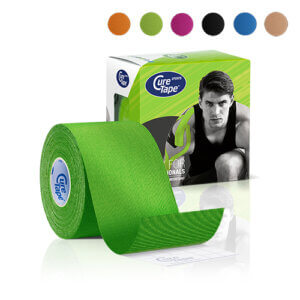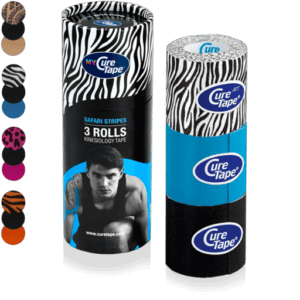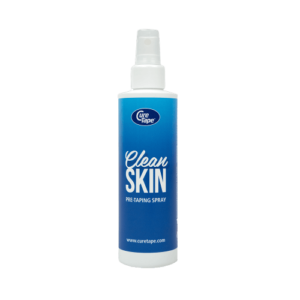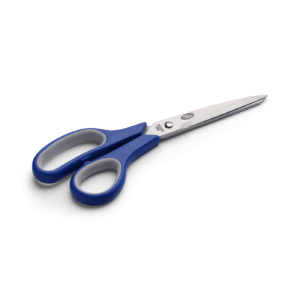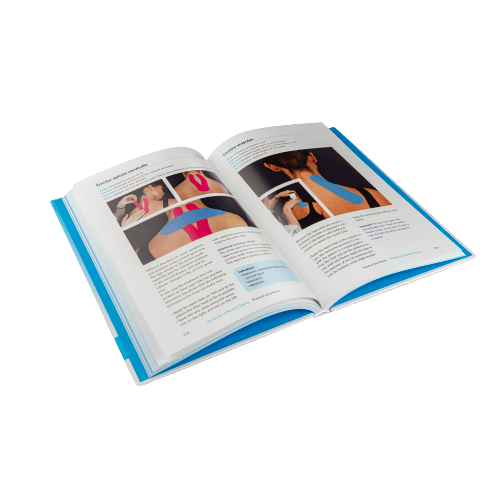Are you looking for a way to use kinesiology tape after a total knee replacement surgery? CureTape kinesiology tape could be the solution you need. Check out the study conducted by David Blow, an expert in kinesiology taping, discussed in this article. The research looked into how tape affects pain, swelling, range of motion (ROM), and cognitive skills during the recovery process following knee surgery (TKR). They used NeuroSky®, an EEG/BCI sensor, to measure the outcomes.
Additionally, Katrien Nackaerts, a physiotherapist from Bocholt (Belgium), shares a practical example. The images clearly demonstrate the positive impact of using LymfTape after knee surgery.
Based on experience, applying CureTape® shortly after surgery in the form of lymphatic strips has shown to reduce swelling, bruising, and pain, thereby speeding up the recovery process.
Get started with these items to tape after TKR

Christina’s advice when taping your knee
When taping your knee, it’s crucial to choose a tape that provides strong adhesion and support. That’s why I recommend CureTape kinesiology tape. For regular use, CureTape Classic or Art is ideal. However, if you’re engaging in extreme sports or swimming, opt for the extra sticky CureTape Sports variant!
Study by David Blow et al. on the effects of taping after knee replacement surgery
NeuroMuscular Taping (NMT) and neuroplasticy: NMT Reduces Pain, Edema and Influences Proprioceptive Cognitive Strategies During Total Knee Arthroplasty Rehabilitation
Authors: Albizzati Erica, Trotti Claudio, Forte Fabiana and Blow David
DOI: 110.5281/zenodo.3934948
Download the PDF via DOI link at: https://zenodo.org/record/3934948#.XxBiISgzabi
Conclusion: The objective of this study was to investigate treatment options for improving post-surgical rehabilitation creating faster track protocols for an ever increasing joint prosthetic population. This study has underlined significantly improved reduction of edema and pain in a rehabilitation context and allowed us to hypothesize the effects generated by a decompressive tape application (NMT) upon circuits delegated to the cognitive-attentional processing of stimuli.
Taping after TKR before and after
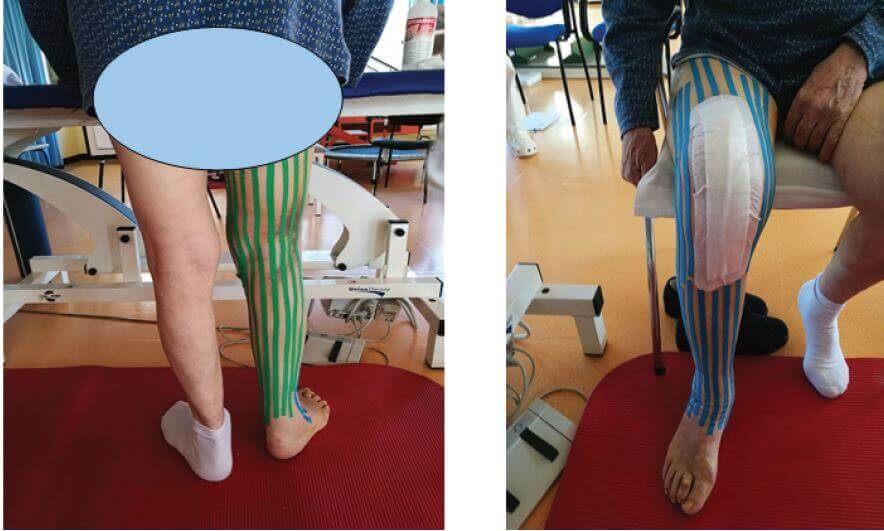
Case study: Lymph tape post-operative in a new knee
The operation is performed under “blood emptying”. A tight band around the thigh ensures that the leg is kept empty of blood, so that the structures are clearly visible during the operation. Complications that may arise are bruising and swelling of the entire leg. Pain and movement restriction then hamper the recovery process.
Physiotherapist Katrien Nackaerts wants to share with us how successful lymphatic taping can be after knee surgery. Katrien treats a male client of 55 years who has had a new knee. The therapy starts five days after the operation. Complaints: client has a swollen leg with a large haematoma, becomes nauseous and dizzy from the pain when standing up, even fainting.
Applying the tape on the knee
5 days after surgery
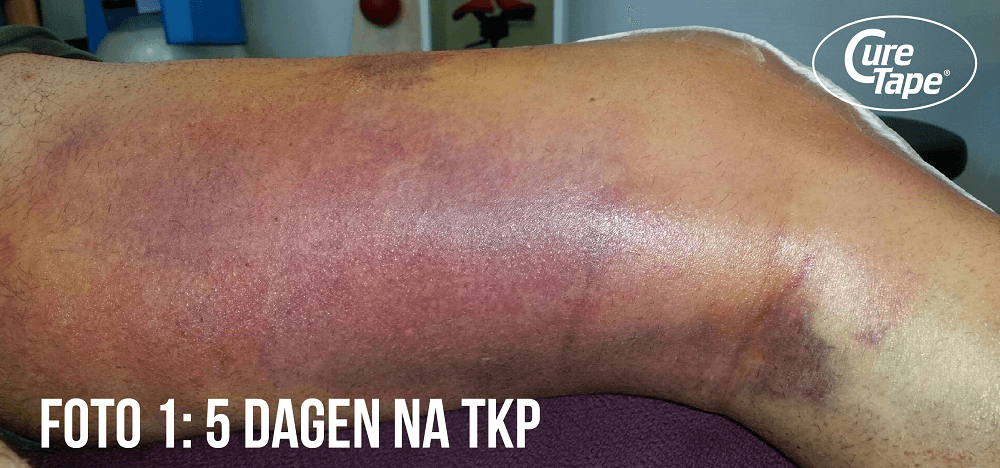
Start of treatment (5 days after surgery). VAS 9/10 and 78° of flexion.
Lymph Taping example:
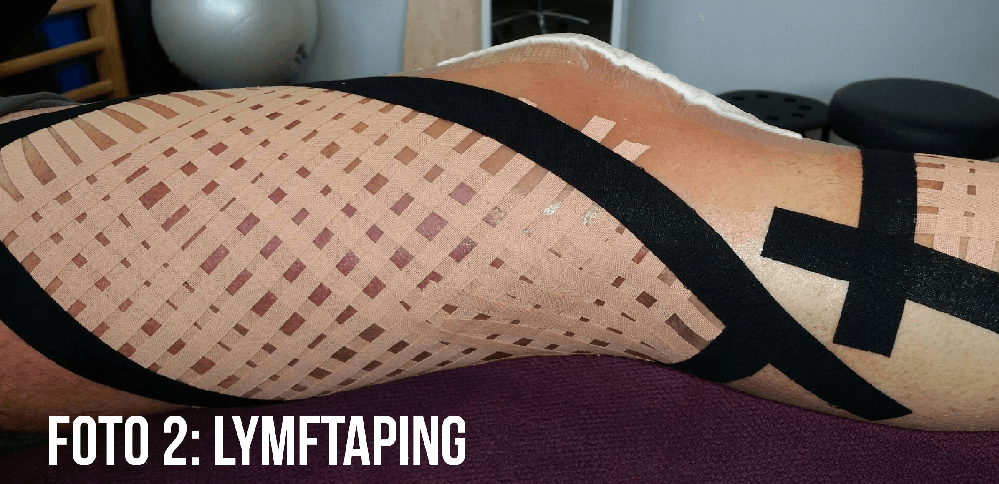
Lymph tape application by laying grid, with stretching on the tape (not on the anchors), over the haematoma. The black CureTape is used to prevent the ends from coming loose.
After 4 days of taping
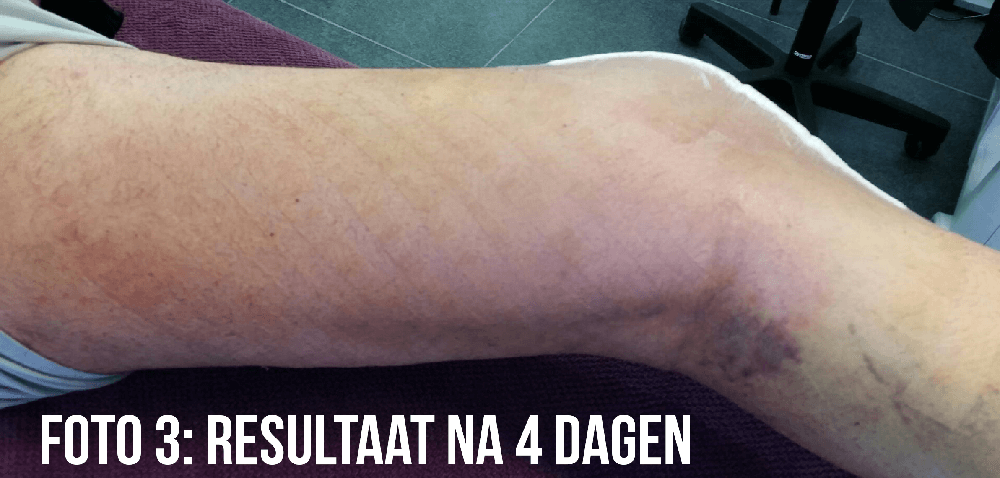
Result after 4 days with CureTape. Clear reduction in both swelling and hematoma. VAS 1/10 and 95° of flexion, the skin feels supple, movement is more natural.
Learn how to tape
- The Ultimate Taping Guide: Focuses on self-taping for the 30 most common injuries where taping provides support.
- Kinesiology Taping Method Manual: Designed for (para medical) professionals, covering basic taping techniques and various pathologies.
- Decompressive Taping Techniques Manual: Specifically focuses on lymphatic taping methods for decompression.
What are you waiting for? Order a copy today!
THYSOL is the manufacturer of the kinesiology tape brand CureTape. As CureTape, we have been training and supplying professionals for 25 years. And consumers now know how to find us too! By manufacturing all our tapes in our own factory, we can guarantee the best quality!
Please note that the indicated tape applications and information on our website about the possibilities with kinesiology tape have not yet been scientifically proven. The statements and examples mentioned are based on long-term experiences of patients and trained therapists.
Contraindications not to tape: pregnancy, open wounds, broken bones, unexplained complaints, allergies and skin diseases, use of medication such as blood thinners, thrombosis and fever. Always apply tape in consultation with a specialist.

